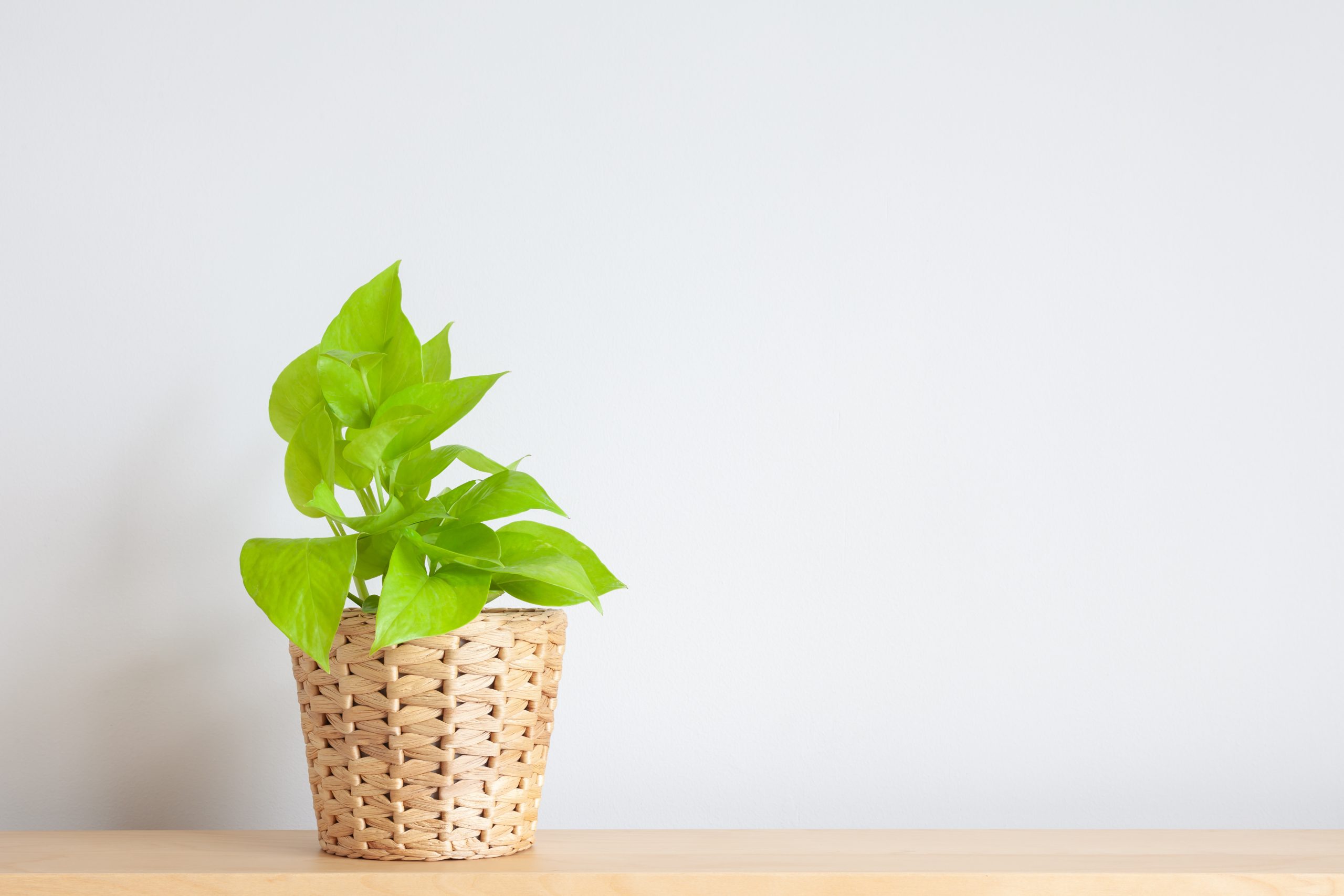Despite the fact that most of us experience daylight savings every year, the impending early darkness seems to catch us off guard every time. Shorter days, combined with dreary weather, has been shown to lower mood and energy levels. It can also lead to seasonal affective disorder (SAD), major depressive disorder with seasonal pattern, which affects 5 percent of the population during the darkest months.
Fortunately, there are a multitude of strategies for managing the wintertime blues. Today we share five science-backed ways to cope with SAD.
- Get fresh air. Lower light levels have been linked to lower serotonin, so getting outside, ideally within a couple hours of waking up, can give your mood a boost and help you get some vitamin D. Even if it’s cloudy, getting outside will help clear your head and time in nature has been shown to improve mental health.
- Try light therapy. Light therapy lamps replicate the sun’s effect on our bodies and resets your circadian rhythms. You can buy one online, but consult with your doctor before use.
- Talk it out. SAD is very common, so discussing it with a friend or family member is a great starting point for vocalizing what you’re going through. Talk therapy can also be incredibly beneficial. One study found that for SAD, two 90-minute sessions of group therapy was as effective as 30 minutes of light therapy.
- Reduce your stress. Shorter days can feel like you have even less time to get everything done. This stress contributes to SAD, so consider relaxing activities like yoga, meditation, reading, or walking to reduce stress levels.
- Eat carbs. Complex carbohydrates, like those found in whole grains and beans have been shown to improve serotonin levels. Dietary changes are not the most effective way to manage SAD, but maintaining a healthy and balanced diet can help.












